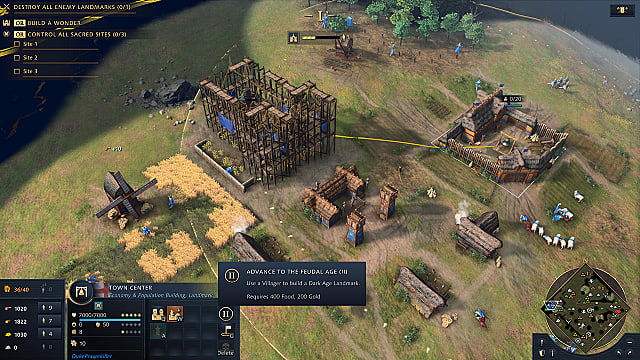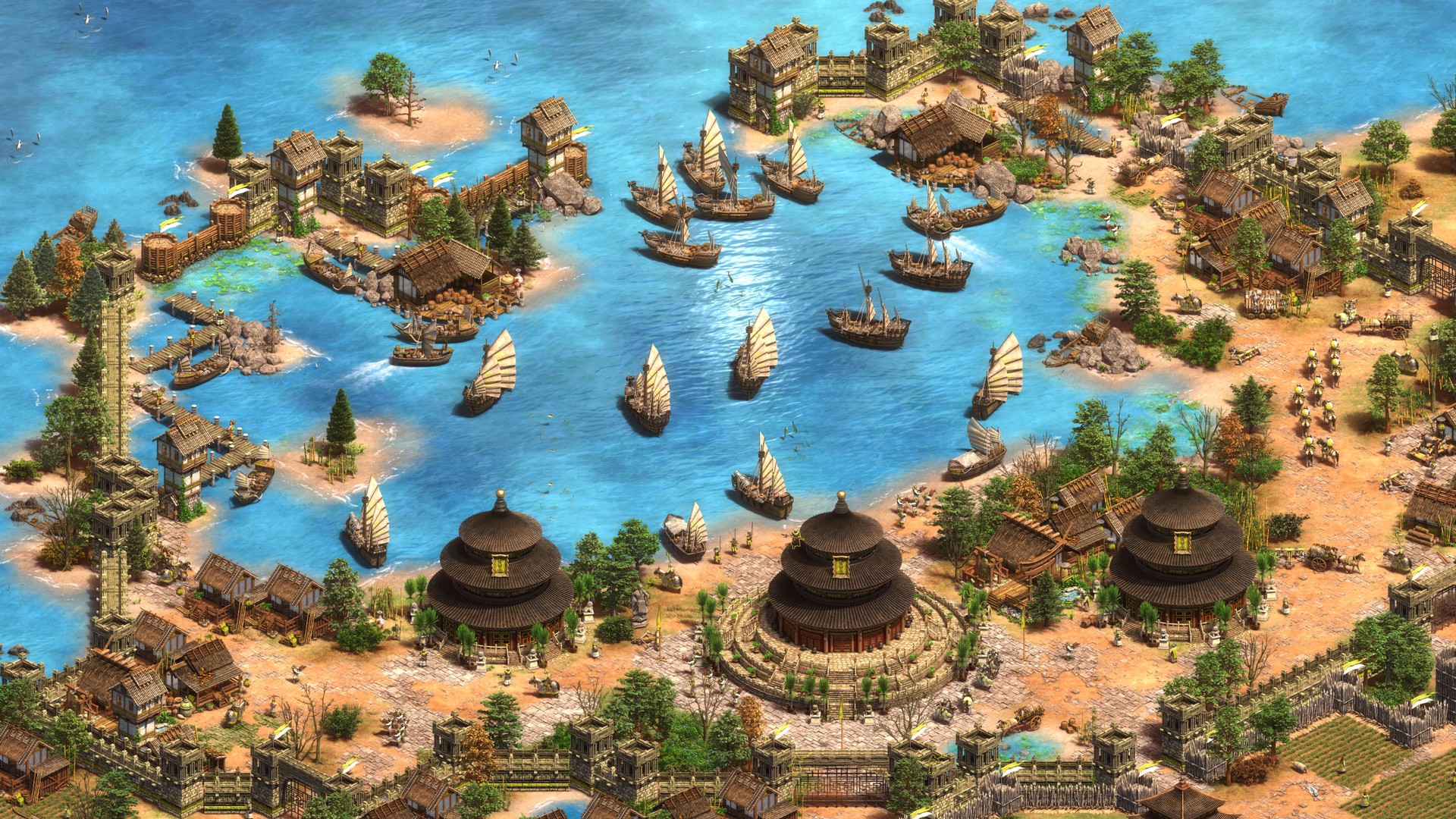

On the other hand, if you want to learn about military strategy first and economic strategy later, the Ottomans should be your first stop. This is also potentially disastrous for new players, since spending resources on Settlers is an important part of the early game. You don’t have to train them manually they simply appear at your Town Center periodically. The Ottomans are an excellent choice for newcomers, as they get Settlers for free. While slower, more defensive civilizations are arguably better for new players, there’s also something to be said for a fast, streamlined one with a very straightforward path to victory. The only real difficulty for the Lakota is that they can’t build walls or siege weapons, which severely limits their late-game options. The Lakota can produce spectacular cavalry, so upgrading and fielding the right units isn’t too much of a challenge. On the other hand, there are plenty of other skills to learn, and starting with a maxed population cap lets you build as many units as you want, whenever you can afford them. Experienced players argue that this could build bad habits in new players, as managing your population early on is an important skill to master. Lakotaįormerly known as the Sioux, the Lakota have one major advantage over other civs: They don’t have to build houses. An army of Sepoys can be a formidable asset. Sepoys aren’t the strongest soldiers in small groups, but they’re excellent for early-game defense or protecting more valuable units later in the game. If you choose the Conscript Sepoys card, you’ll receive two Sepoys with each Home City shipment instead of a villager.

But Indians are also a fantastic choice for early economic growth, since they get an additional villager with every shipment from the Home City.Īnother advantage the Indians have for new players is their ability to build up an army passively. They can hunt wild animals, but won’t eat livestock you train villagers with wood instead of food their explorer unit is also a healer. The Indians may be a controversial choice for new players, since they’re a rather complex civilization. If you can ally with native tribes, do so, and consider making those units a significant part of your army, particularly early on. To succeed as the French, train lots of Coureurs early on, and invest the resources later on in powerful cavalry units, as well as upgrading your halberd infantry all the way. They also ally easily and cheaply with native tribes, meaning that they’re adaptable for any map. Their basic villager, the Coureur des Bois, can take a lot of punishment, and they gather resources very fast, too. This means that if you play as the French, you’ll learn both paths to victory sooner or later. The French are a fantastic catch-all civilization, as they can focus on either economics or military might, depending on how the game progresses.
#Age of empire 2 best civilization upgrade#
(To do this, simply make sure you have the right card in your deck, and choose it when you get a shipment from your Home City.) This means that your supply of Settlers will increase rapidly early on, and you should be able to collect plenty of resources to outfit your army and upgrade your tech. The British can be a great choice for beginners, since you can choose to get a new Settler each time you build a Manor House. In other words, before you ever set foot in a Skirmish or multiplayer game, you’ll already have a good idea of what buildings you need, which units you can field and what kind of strategy you should use. That means you’ll learn all of your basic commands as the British, the first town you build will be as the British, and the first army you assemble will be as the British. How you train villagers, recruit soldiers and construct cities changes drastically depending on which civilization you pick.Īssuming you start with the Tutorial, the British are the first civilization you’ll play in Age of Empires III. In fact, unlike the first two Age of Empires games, in AOEIII, each civilization has totally different units available to it. But once that’s over, where do you go next? After all, the game has 14 different civilizations, and each one plays quite differently.
#Age of empire 2 best civilization how to#
To learn how to play the game, the best thing you can do is play through the Tutorial, which walks you through the game’s basic structure, the challenges you to win a match against the AI by yourself.


But it does mean that if you’ve always wanted to play an historical RTS, either by yourself or against other players, Age of Empires III could be a very good place to start. This isn’t strictly a good or bad thing - players have been arguing about each game’s relative merits for the last 15 years. Even in its Definitive Edition, Age of Empires III has smaller maps, fewer civilizations and less complicated gameplay than its predecessor.


 0 kommentar(er)
0 kommentar(er)
